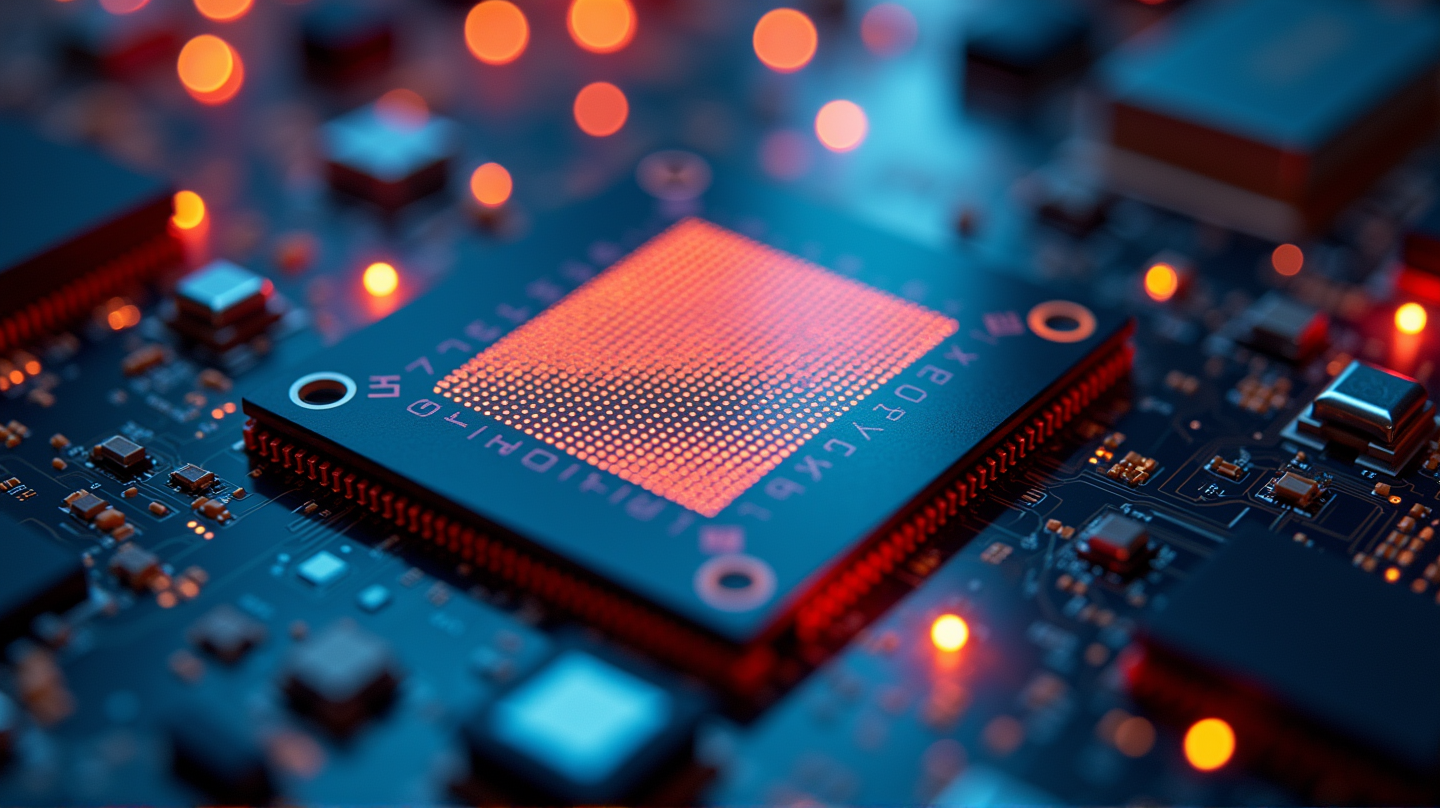The Expectations Surrounding TSMC and Google
From the moment rumors began circulating about Google’s decision to use TSMC for fabricating its Tensor chipsets, expectations skyrocketed. Many believed that partnering with TSMC would bring about a radical transformation for the Google Pixel smartphone series. However, reality suggests a more tempered outcome is likely. As highlighted, most enthusiasts envision TSMC as the savior that will address previous Tensor shortcomings, but this belief might be too optimistic.
Learning from Qualcomm’s Experience with TSMC
It’s true that Qualcomm’s experience with TSMC has been notable. Previously, the Snapdragon chipsets faced challenges, especially with heat management in the Snapdragon 888 and Snapdragon 8 Gen 1. The shift to TSMC rectified many of these issues, with the Snapdragon 8+ Gen 1 showcasing improved battery life and efficiency. However, assuming Google’s Tensor will undergo a similar transformation fails to consider the unique challenges Google faces.
Google’s Evolution with Tensor Processors
Initially, Google’s Tensor chipsets encountered overheating and performance issues, casting doubt on their competitive edge. Fast forward to recent years, and substantial improvements have been made. The Pixel 8 Pro eradicated many earlier problems, delivering stellar performance and battery life. The Pixel 9 Pro XL continued this trajectory. The decision to collaborate with TSMC, while advantageous, might not redefine Tensor’s future as some expect.
Google’s Strategic Priorities Remain Unchanged
Despite the shifts in manufacturing partnerships, Google’s core strategy remains focused on artificial intelligence and user experience, not raw processing power. The speculation that Tensor will suddenly benchmark against the Snapdragon 8 Elite is misguided. Google’s priorities do not currently align with creating the most powerful chipset, and their recent developments have been in refining user experience through AI advancements.
Future Possibilities with Pixel 10
While expectations may not align with reality, the Pixel 10 still holds promise. Rumors of slight gaming performance enhancements are circulating, potentially improving GPU efficiency by 15% on the Tensor G5. Although this won’t revolutionize the smartphone’s capabilities, it signifies strategic enhancements that suit user needs and keep Google’s pricing competitive.
Conclusion: A Measured Approach to Expectations
It’s important to approach the Pixel 10’s release with measured expectations. While moving to TSMC fabrication marks a step forward, it is neither a panacea nor a revolution. Google has shown its capacity to evolve and improve, but dramatic leaps should not be expected based solely on TSMC’s involvement. According to Android Police, maintaining a balanced perspective ensures appreciation of what Google achieves with each new iteration.
